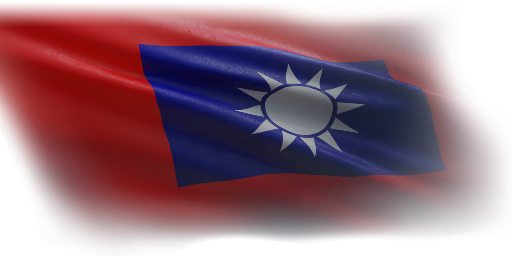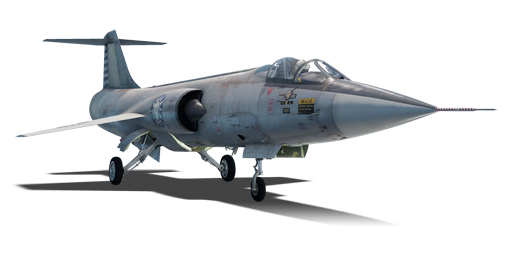




The F-104A (China) , commonly known as the "星式戰鬥機" (literal translation of "Starfighter") or by its notorious nicknames "寡婦製造機" (Widowmaker) and "飛行棺材" (Flying Coffin) derived from the Luftwaffe, was one of the aircraft supplied by the USAF to the ROCAF as military surplus. As the cross-strait conflict intensified in the 1960s and the PLAAF introduced the supersonic MiG-19/J-6 series, the ROCAF requested supersonic fighters to replace the already obsolete F-86F series. Both the F-100 and F-104 were requested by the ROCAF, as they had already seen the USAF F-104A in Taichung Kokan (now CCK) Airbase. Unexpectedly, the USAF soon agreed to supply 22 F-104A and 5 F-104B (as the improved C series had joined USAF service in homeland air-interception missions) by 1960 under Project Alishan (阿里山計劃). These jets soon replaced the F-86Fs in Taichung but only served for 6 years and were returned to US, where these jets were then supplied to Jordan and Pakistan, while the ROCAF obtained the F-104G from different sources to fill in the gap.
Introduced in Update "Starfighters", this early interceptor model of the F-104 Starfighter performs identically to the US F-104A, and behaves very differently from the F-100A that precedes it. The thin and pencil-shaped F-104 has excellent speed, acceleration, and climb for its battle rating, but terrible turning capabilities at low speeds. The missile armament of two AIM-9B Sidewinders is disappointing, but it at least has a nifty M61 Vulcan rotary cannon that can dispatch enemies in a quick burst. Pilots who adhere to strict boom-and-zoom tactics can take advantage of the F-104's high performance compared to its contemporaries. Succeeding this aircraft is the improved ROCAF F-104G, which boasts further improved performance and vastly superior payload options.
flaps
flaps
flaps
brake
| Belt | Belt filling | Armor penetration (mm) at a distance: | |||||
|---|---|---|---|---|---|---|---|
| 10 m | 100 m | 500 m | 1000 m | 1500 m | 2000 m | ||
| HEF-I/API-T/AP-I | 40 | 36 | 22 | 12 | 6 | 3 | |
| HEF-I/HEF-I/API-T/HEF-I/HEF-I/AP-I | 40 | 36 | 22 | 12 | 6 | 3 | |
| API-T/AP-I/AP-I/AP-I/HEF-I | 40 | 36 | 22 | 12 | 6 | 3 | |
| HEF-I/AP-I/AP-I | 40 | 36 | 22 | 12 | 6 | 3 | |












Flight performance | |
|---|---|
Survivability |
|---|
Weaponry | |
|---|---|